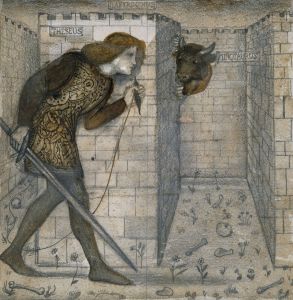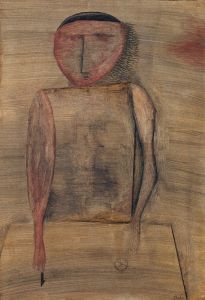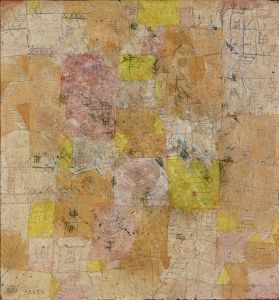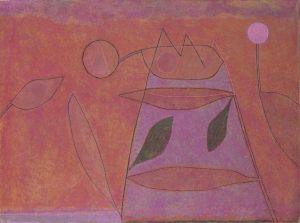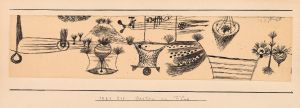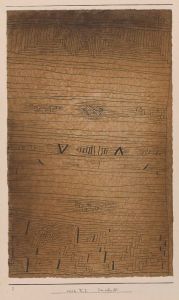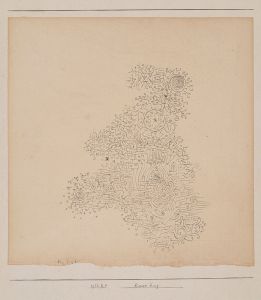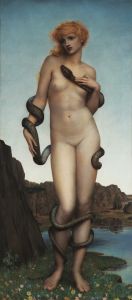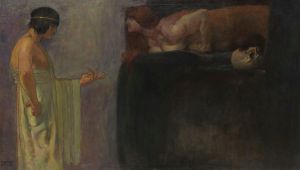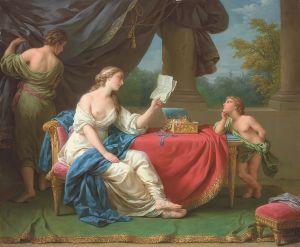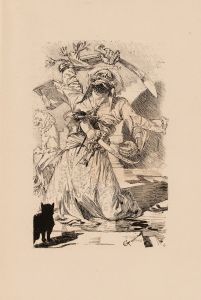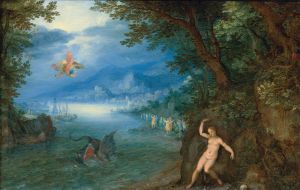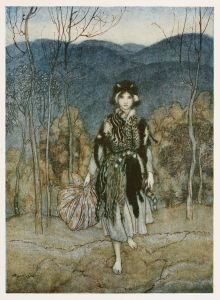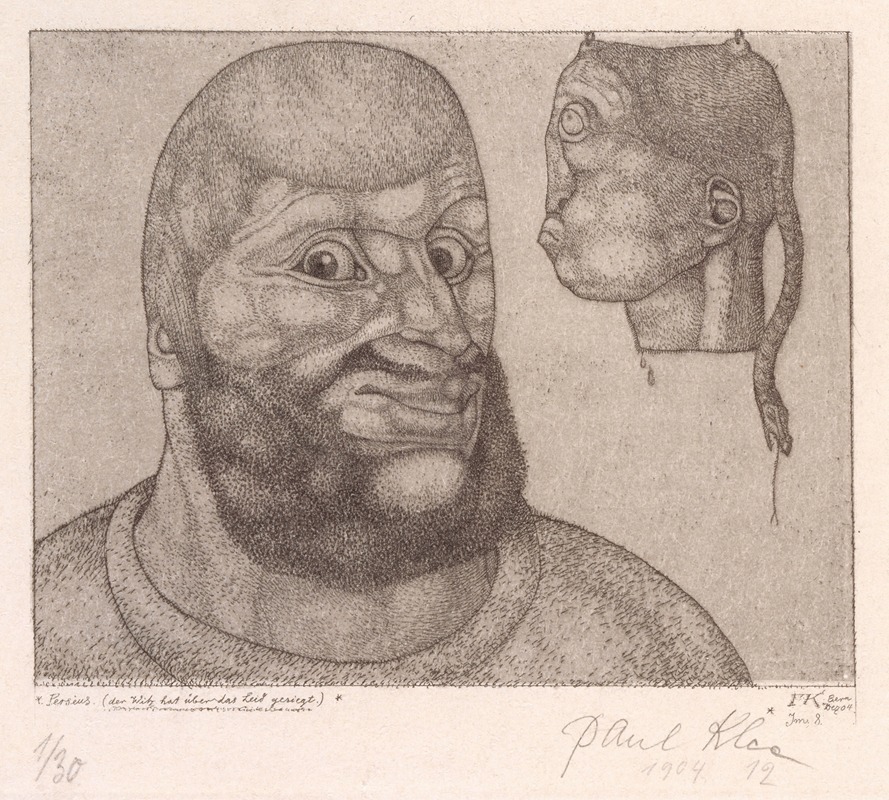
Perseus.
A hand-painted replica of Paul Klee’s masterpiece Perseus., meticulously crafted by professional artists to capture the true essence of the original. Each piece is created with museum-quality canvas and rare mineral pigments, carefully painted by experienced artists with delicate brushstrokes and rich, layered colors to perfectly recreate the texture of the original artwork. Unlike machine-printed reproductions, this hand-painted version brings the painting to life, infused with the artist’s emotions and skill in every stroke. Whether for personal collection or home decoration, it instantly elevates the artistic atmosphere of any space.
Paul Klee, a Swiss-born German artist, created "Perseus" in 1940, during the final year of his life. This artwork is one of the many pieces Klee produced while battling a debilitating illness, scleroderma, which significantly influenced his later works. Despite his declining health, Klee remained remarkably prolific, producing over 1,200 works in 1940 alone. "Perseus" reflects Klee's characteristic style, which blends abstraction, symbolism, and a unique use of color and line.
The title "Perseus" refers to the hero from Greek mythology, known for slaying the Gorgon Medusa and rescuing Andromeda. While the painting does not depict a literal representation of the myth, Klee often drew inspiration from mythology, literature, and music, incorporating these themes into his abstract compositions. The work is marked by Klee's signature use of geometric forms, linear elements, and a muted yet evocative color palette, which together create a sense of mystery and introspection.
Klee's late works, including "Perseus," are often characterized by a more somber tone, reflecting his personal struggles and the broader context of World War II. During this period, Klee's art became more simplified and symbolic, as he sought to express profound ideas with minimal means. The painting exemplifies his ability to convey complex emotions and narratives through abstract forms, inviting viewers to interpret the work in their own way.
"Perseus" is part of Klee's extensive body of work, which spans various styles and movements, including Expressionism, Cubism, and Surrealism. His innovative approach to art has had a lasting impact on modern and contemporary art, influencing numerous artists and movements. Today, "Perseus" is housed in the Zentrum Paul Klee in Bern, Switzerland, a museum dedicated to the artist's life and work. The museum holds the largest collection of Klee's works, offering insight into his creative process and artistic evolution.
As with many of Klee's works, "Perseus" invites viewers to engage with its abstract forms and symbolic references, encouraging personal interpretation and reflection. The painting stands as a testament to Klee's enduring creativity and his ability to find inspiration even in the face of adversity.





